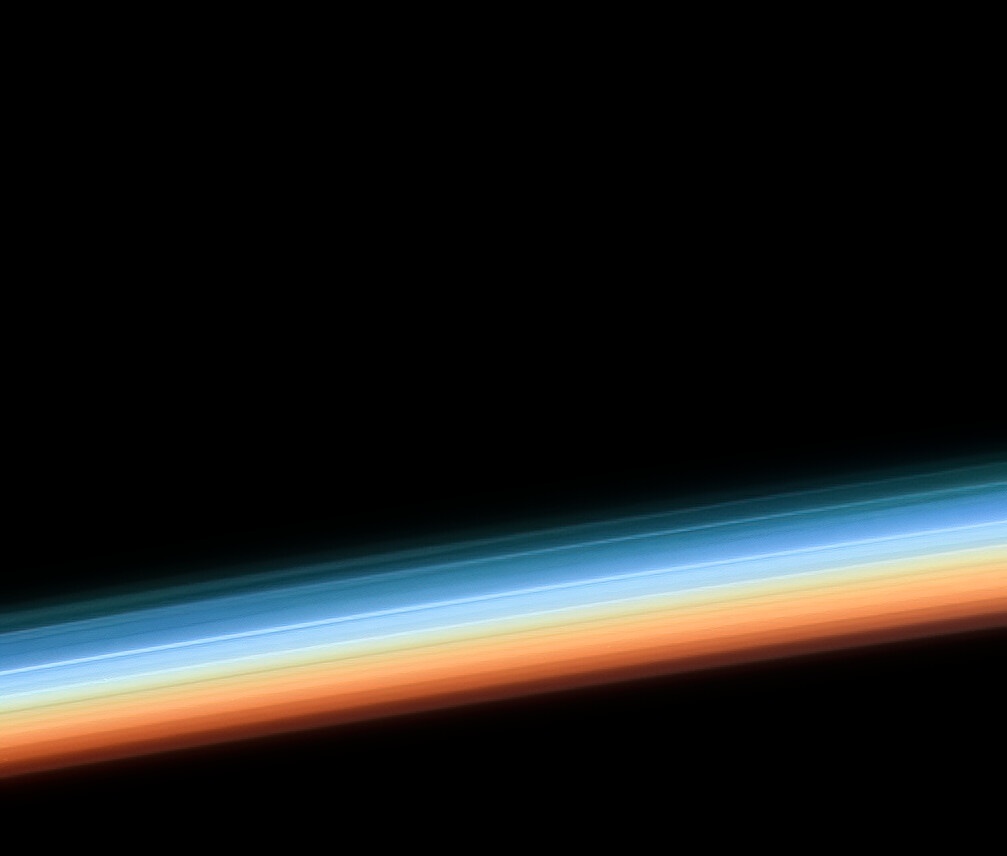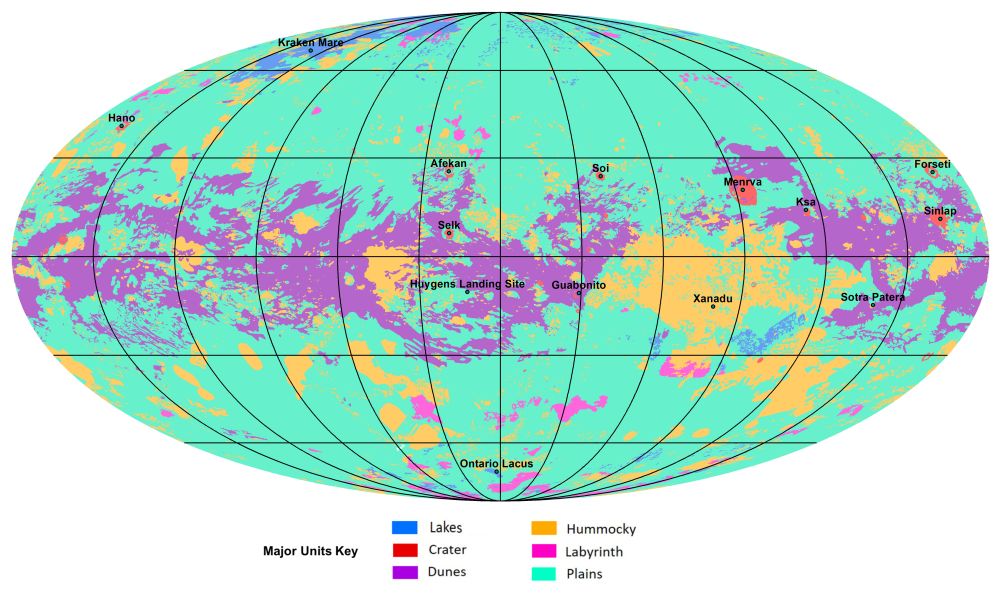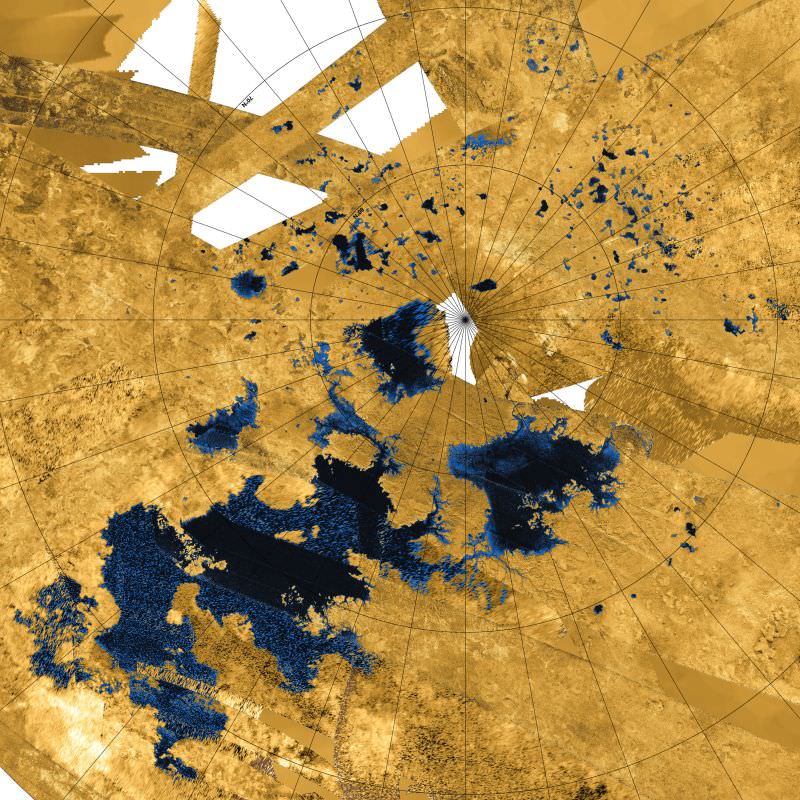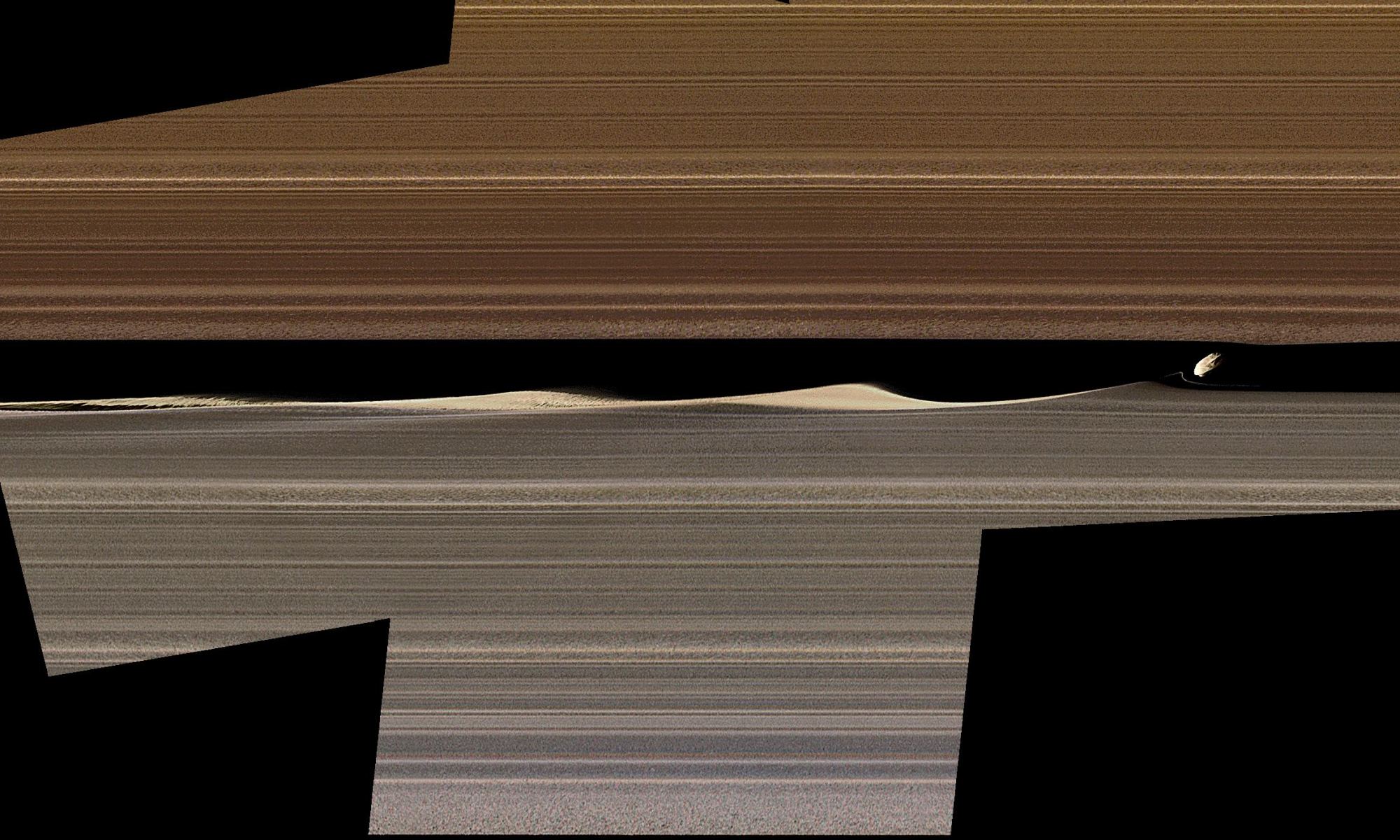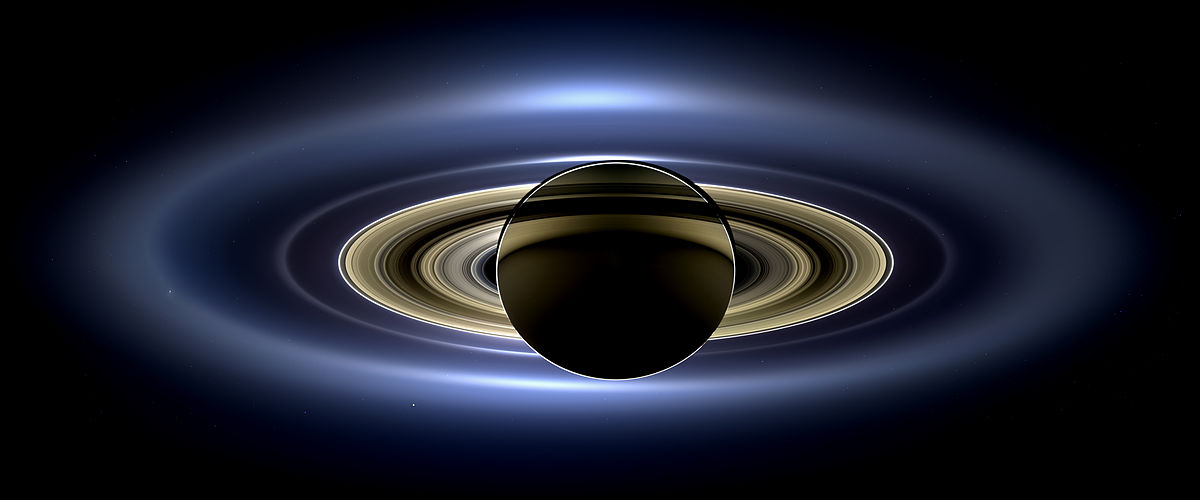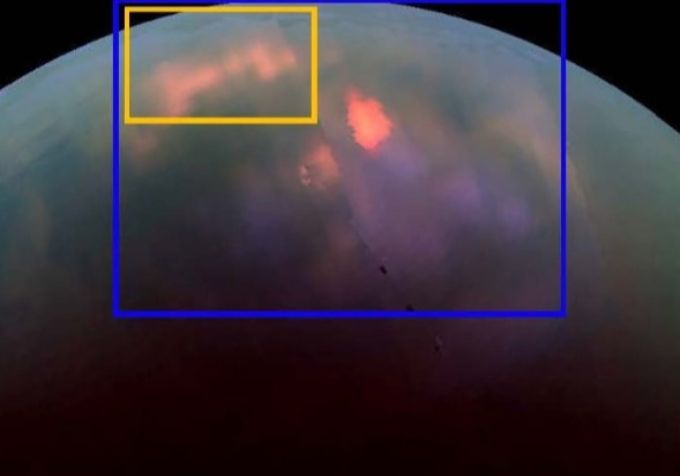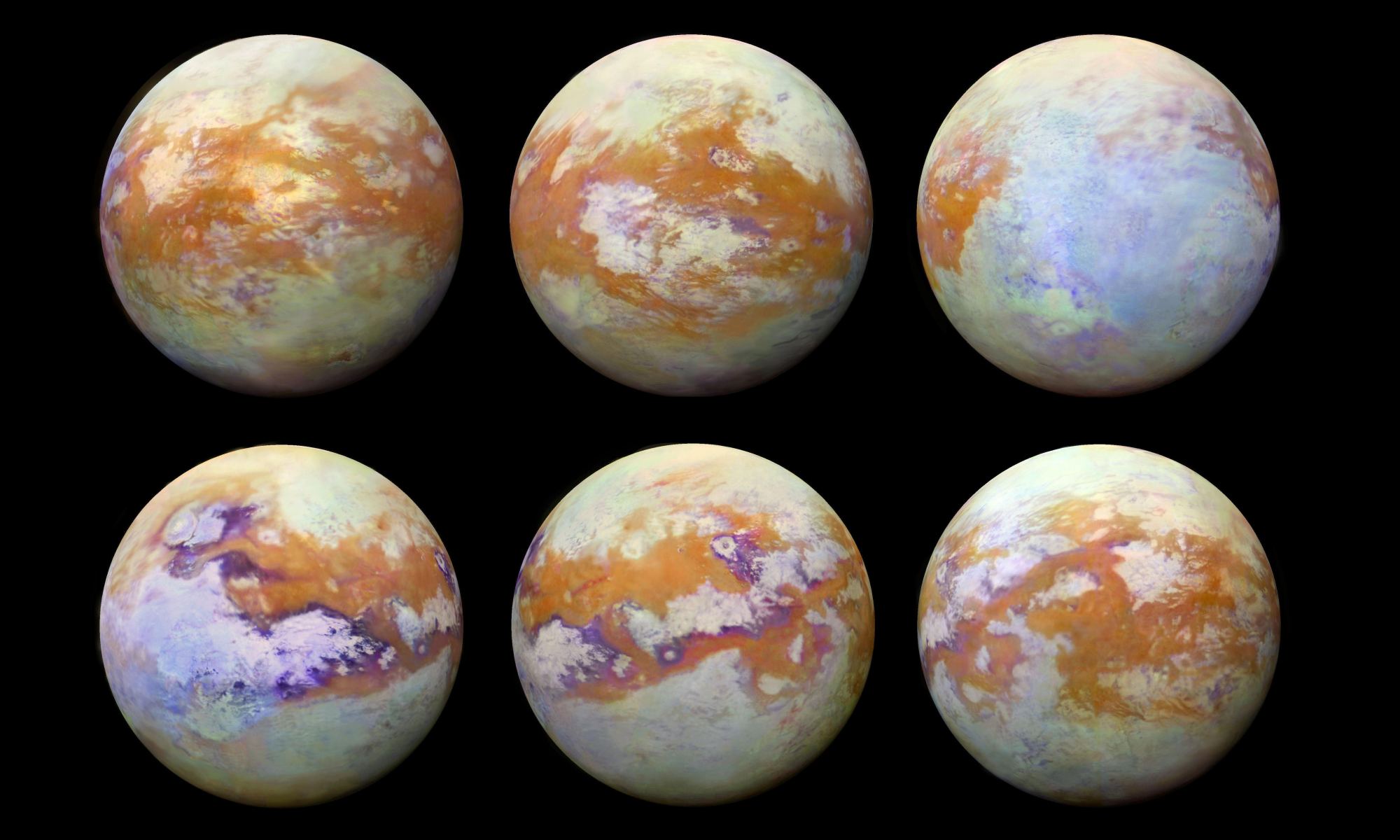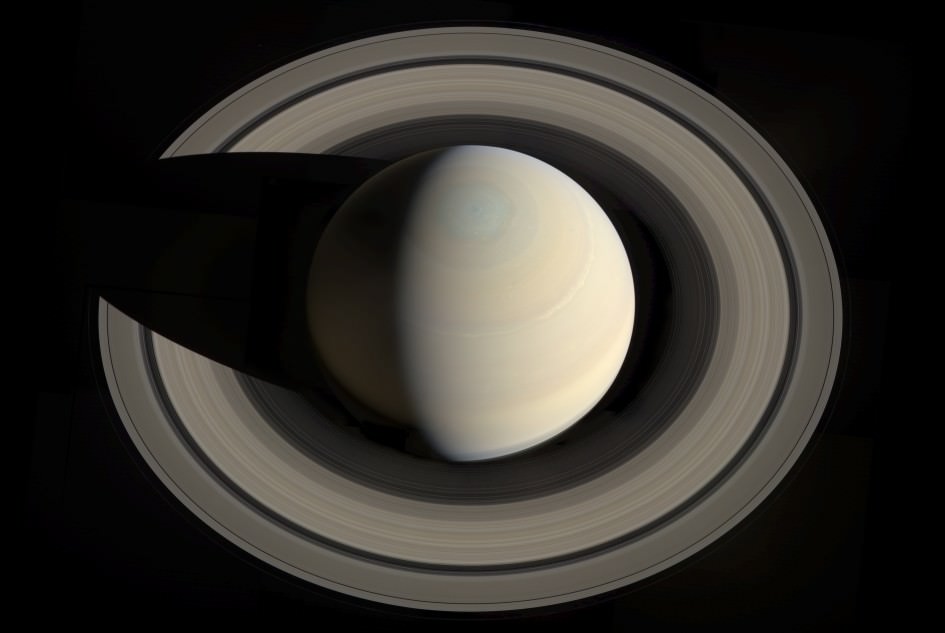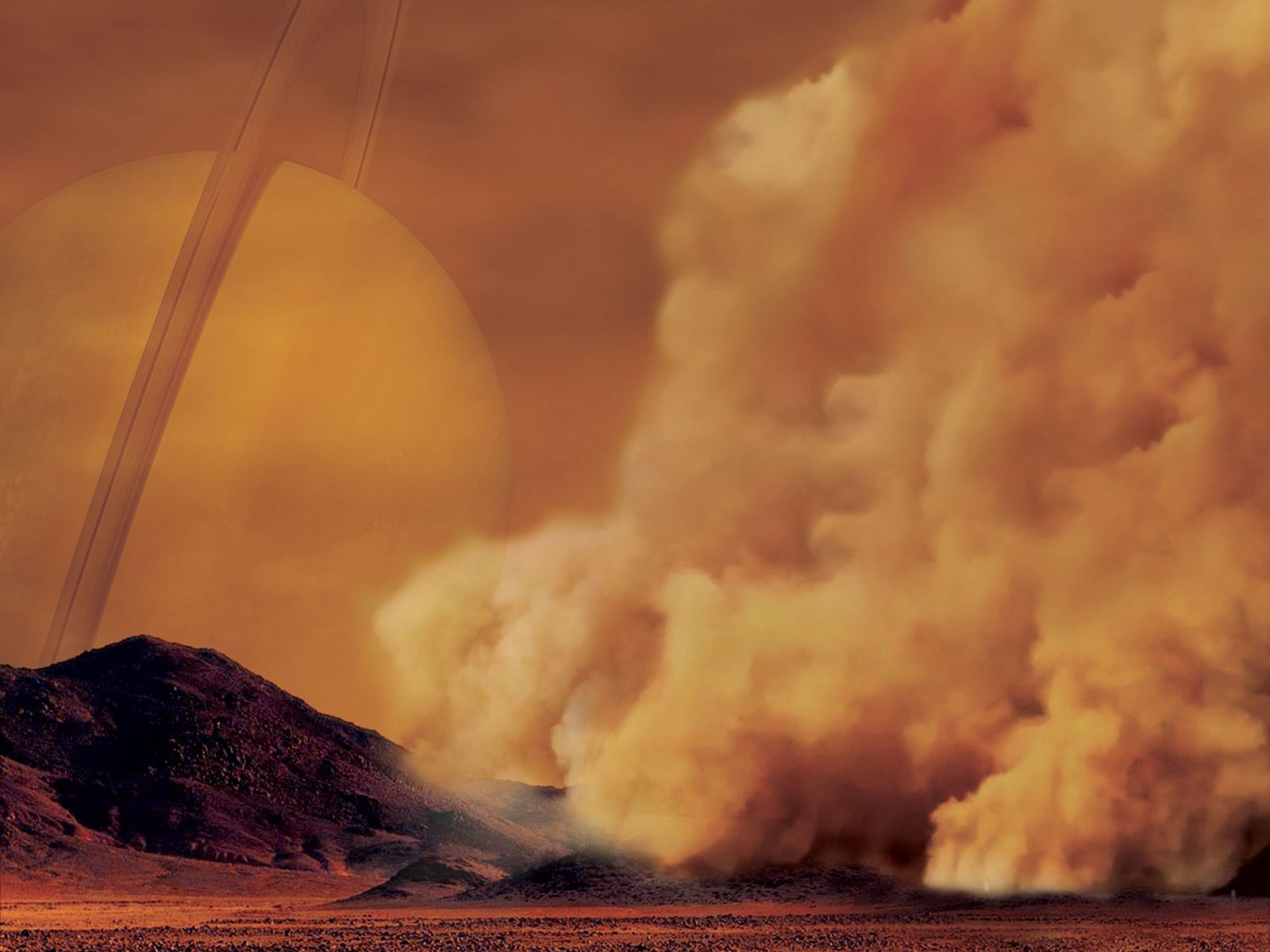It has been almost forty years since the Voyager 1 and 2 missions visited the Saturn system. As the probes flew by the gas giant, they were able to capture some stunning, high-resolution images of the planet’s atmosphere, its many moons, and its iconic ring system. In addition, the probes also revealed that Saturn was slowly losing its rings, at a rate that would see them gone in about 100 million years.
More recently, the Cassini orbiter visited the Saturn system and spent over 12 years studying the planet, its moons and its ring system. And according to new research based on Cassini’s data, it appears that Saturn is losing its rings at the maximum rate predicted by the Voyager missions. According to the study, Saturn’s rings are being gobbled up by the gas giant at a rate that means they could be gone in less 100 million years.
Continue reading “Saturn is Losing its Rings, Fast. They Could be Gone Within 100 Million Years”


